Rapid advances in applying artificial intelligence to simulations in physics and chemistry have some people questioning whether we will even need quantum computers at all.


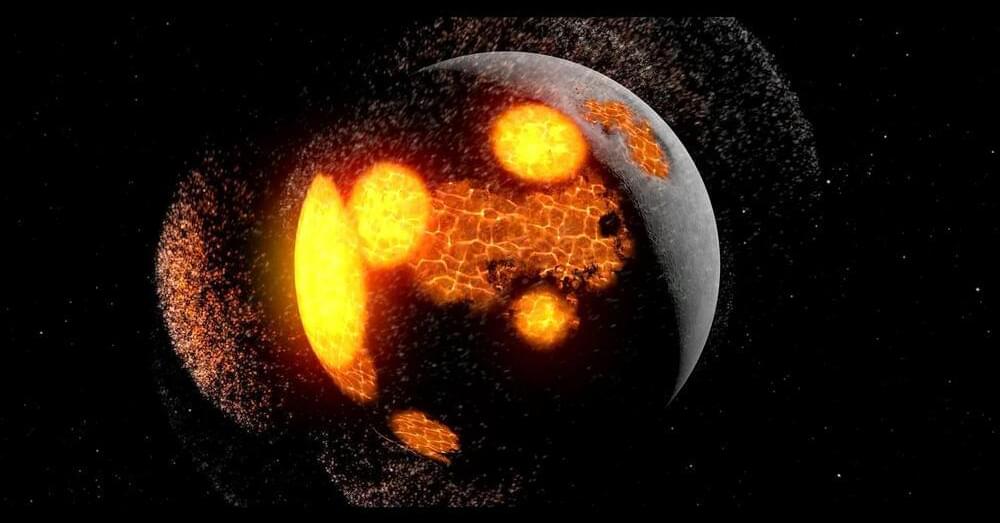
Throughout their childhood, Earth and Theia lived in harmony but everything changed when gravitational disturbances attacked.
Scientists have proposed that two massive rock formations deep within Earth’s mantle, known as large low-shear velocity provinces (LLSVPs), might be the remnants of the protoplanet Theia, which collided with Earth 4.5 billion years ago to form the Moon. These formations, located beneath West Africa and the Pacific Ocean, are denser and chemically distinct from the surrounding mantle. Researchers are using new seismic and isotopic data to investigate whether Theia’s dense mantle survived and sank into Earth’s core. If true, this discovery could change our understanding of Earth’s structure and early history.
After reading the article, Marcus gained more than 529 upvotes with this comment: “I wonder where on Earth Theia hit. Is there even a way to determine this, or does the constant tectonic activity of Earth just erase that over time?” Don’t forget to share your thoughts about Theia and Earth’s mantle in the comment section below! For a long time, scientists have agreed that the Moon was formed after a protoplanet called Theia collided with the early Earth about 4.5 billion years ago. Now, a team of researchers has a new bold idea: The remains of Theia may be hidden in two massive layers of rock located deep within Earth’s mantle.
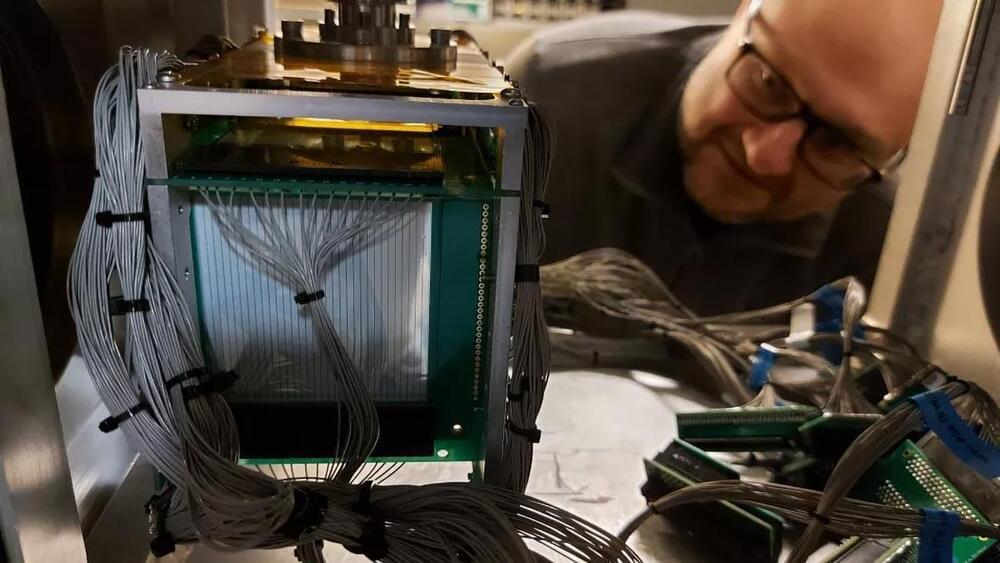
Advancements in nuclear physics suggest the possibility of discovering stable, superheavy elements.
Researchers have found an alternative way to produce atoms of the superheavy element livermorium. The new method opens up the possibility of creating another element that could be the heaviest in the world so far: number 120.
The search for new elements is driven by the goal of finding versions that are stable enough to exist beyond a fleeting moment. In nuclear physics, there is a concept known as the “island of stability”—a hypothetical region in the upper reaches of the periodic table where as-yet-undiscovered superheavy elements could potentially last longer than just a few seconds. Scientists are working to explore how far the stability of atomic nuclei can extend.
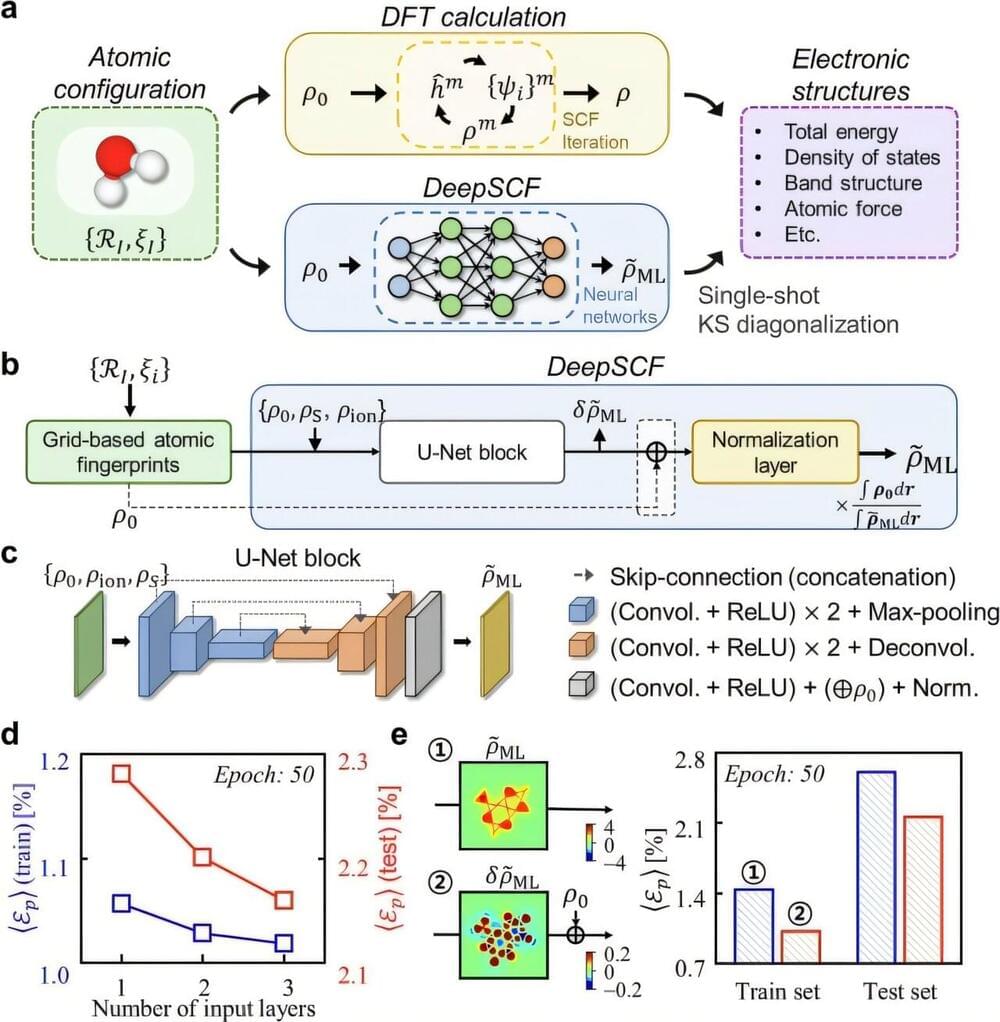
The close relationship between AI and highly complicated scientific computing can be seen in the fact that both the 2024 Nobel Prizes in Physics and Chemistry were awarded to scientists for devising AI for their respective fields of study. KAIST researchers have now succeeded in dramatically shortening the calculation time of highly sophisticated quantum mechanical computer simulations by predicting atomic-level chemical bonding information distributed in 3D space using a novel approach to teach AI.
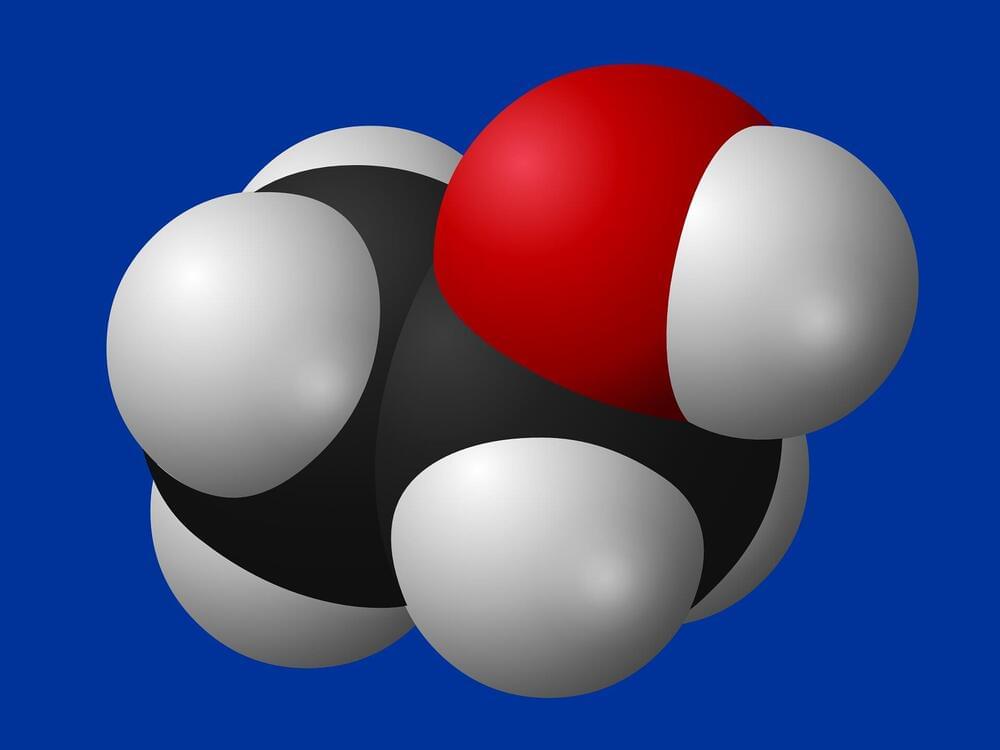
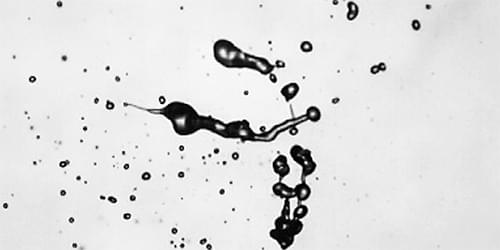
A new model of liquid sprays reveals the mechanisms behind droplet formation—providing important information for eventually controlling the droplet sizes in, for example, home cleaning sprays.
Spraying a cleaning product on a kitchen counter may be a mundane task, but it embodies a wide-reaching environmental problem. In atomized sprays like these, the largest droplets land on the surface as desired, while the smallest ones drift away and evaporate, wasting liquid and contaminating the surroundings. As Isaac Jackiw of the University of Alberta, Canada, says, “If you have an intuitive understanding of where the different sizes come from, then you can start to imagine specific targeted approaches for preventing unwanted sizes.” He and his colleagues have now developed a physics-based model that predicts the distribution of droplet size in sprays emitted from a nozzle. Jackiw presented the work at the Canadian Chemical Engineering Conference in Toronto this month.
In classical models of aerodynamic droplet breakup, airflow hits a liquid and causes it to explode into droplets. To explain the average droplet size, theorists have often focused on a single, dominant mechanism. But these methods have not been able to directly predict the distribution in droplet sizes, Jackiw says. His approach can estimate the size distribution by incorporating several different mechanisms, each of which contributes droplets in a particular size range.
The polarization of light finds practical application in physics and chemistry through the optical activity phenomenon, where polarimeters play a crucial role. This research builds on the improvised polarimeter designed by Kvittingen and Sjursnes, implemented with relevant modifications, to measure optical rotations of over-the-counter ascorbic acid samples. The study aims to assess the purity of two brands of ascorbic acid through polarimetry, comparing the calculated specific rotation with the literature values and supplementing the characterization with melting point determination. The constructed polarimeter, assembled using Lego bricks, provides an affordable alternative for educational purposes, addressing the challenges observed in the accessibility of commercial polarimeters for classroom demonstrations. The methodology encompasses pre-experiment steps involving polarimeter construction, the experiment utilizing polarimetry and complementary melting point determination, and post-experiment analysis to determine specific rotation from the measured optical rotations. Results indicate that Brand X exhibited specific rotations close to theoretical values, inferring high purity. Conversely, Brand Y shows significant deviations, suggesting potential impurities. These conclusions are supported by melting point data. The comprehensive approach combining polarimetry and melting point determination enhances the reliability of purity assessments, showcasing the effectiveness of the improvised polarimeter in practical applications.
R J M Felicidario and R M delos Santos 2024 J. Phys.: Conf. Ser. 2,871 012009.

New research into a chemical from a caterpillar fungus, known for its potential as a cancer treatment, has shown how it interacts with genes to disrupt cell growth signals. This finding marks a promising step toward developing new cancer drugs.
The chemical, called cordycepin, interrupts overactive cell growth signals common in cancer, potentially offering a treatment approach that could be gentler on healthy tissues compared to many existing therapies.
Caterpillar fungus: a potential cancer treatment.

Researchers have developed a nanoscale sensor that detects lung cancer simply by analyzing the levels of a chemical called isoprene in your breath. The team believes its breakthrough could unlock a non-invasive, low-cost method to catch the disease early, and potentially save a lot of lives.
When the human body breaks down fat in a process called lipolytic cholesterol metabolism, isoprene is released in exhaled breath. As it turns out, a decline in isoprene can indicate the presence of lung cancer. The team, led by researchers at China’s Zhejiang University, leveraged this insight through its work and developed an innovative gas sensing material to create a screening process.
The challenge with spotting biomarkers in breath is that your system needs to be able to differentiate between volatile chemicals, withstand the natural humidity of exhaled breath, and detect tiny quantities of specific chemicals. In the case of isoprene, you’d need sensors capable of detecting levels of the chemical in the parts-per-billion (ppb) range.

The discovery of pyrene in this far-off cloud, which is similar to the collection of dust…
A team led by researchers at MIT has discovered that a distant interstellar cloud contains an abundance of pyrene, a type of large, carbon-containing molecule known as a polycyclic aromatic hydrocarbon (PAH).
The discovery of pyrene in this far-off cloud, which is similar to the collection of dust and gas that eventually became our own solar system, suggests that pyrene may have been the source of much of the carbon in our solar system. That hypothesis is also supported by a recent finding that samples returned from the near-Earth asteroid Ryugu contain large quantities of pyrene.
“One of the big questions in star and planet formation is: How much of the chemical inventory from that early molecular cloud is inherited and forms the base components of the solar system? What we’re looking at is the start and the end, and they’re showing the same thing. That’s pretty strong evidence that this material from the early molecular cloud finds its way into the ice, dust, and rocky bodies that make up our solar system,” says Brett McGuire, an assistant professor of chemistry at MIT.